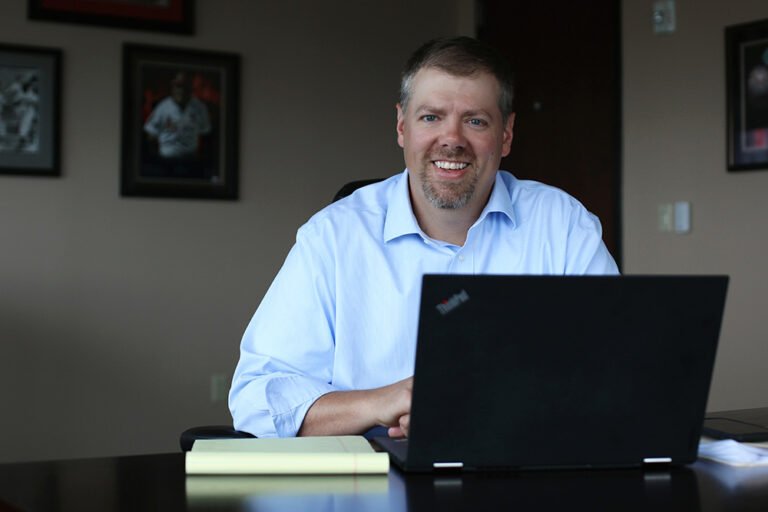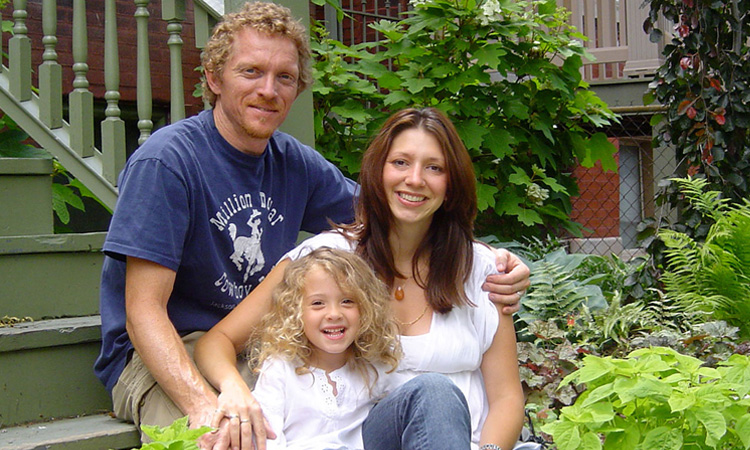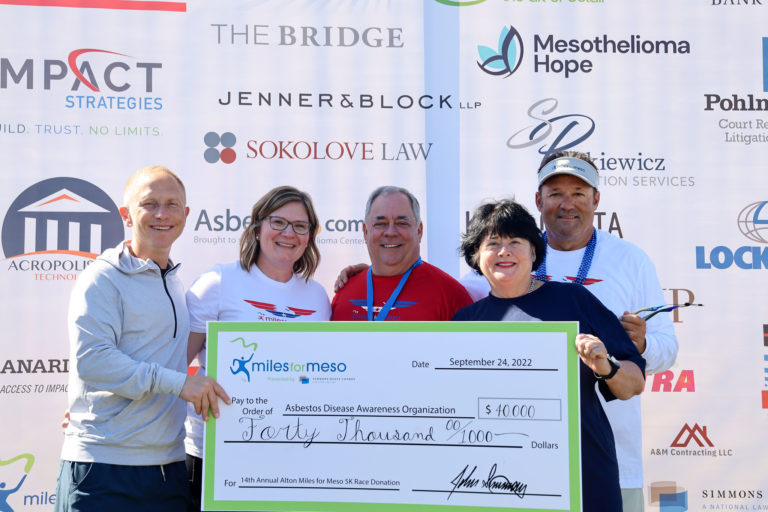At long last, we’re seeing some meaningful, in-depth media coverage surrounding asbestos exposure and the horrible diseases it causes, like mesothelioma.
This is all courtesy of a collaboration between the BBC’s International News Service and the International Consortium of Investigative Journalists. “Dangers in the Dust” is being rolled out this week across the BBC’s international services, and through ICIJ’s more than 50 partner publications worldwide, including the McClatchy publishing company, owner of over 30 daily newspapers in the U.S. The series examines the dangers of asbestos on an international level and also includes a story on victims of “take home” asbestos exposure called, “Asbestos still killing families, decades later.”
When most people think of mesothelioma – if they’ve ever even heard of mesothelioma – they think of a disease that strikes retired workers. They don’t think of people like our 39-year-old client Julie Gundlach. Since her mesothelioma diagnosis, she has been a tireless advocate for mesothelioma and asbestos-related illnesses.
 When I was contacted by a reporter with McClatchy’s Illinois newspaper, the Belleville News-Democrat, writing an investigative piece on the dangers of asbestos and the “third wave” of asbestos victims, Julie immediately came to mind.
When I was contacted by a reporter with McClatchy’s Illinois newspaper, the Belleville News-Democrat, writing an investigative piece on the dangers of asbestos and the “third wave” of asbestos victims, Julie immediately came to mind.
Julie is a young mother living with peritoneal mesothelioma. She lives in St. Louis with her husband, and she was exposed to asbestos when her father brought it home on his clothing after working as an industrial electrician.
Fact: people like Julie who don’t work around asbestos can be exposed to asbestos by others who do.
It’s called “take home” exposure. Here’s how it works: The asbestos dust gets on an worker’s clothes and skin. When they leave to go home so does the dust, causing them to expose their spouses, children and other immediate family members. In some cases, children have developed mesothelioma or other asbestos-related diseases later on in life because they hugged their parents. In Julie’s case, her childhood playroom doubled as her family’s laundry room where her father’s asbestos-covered clothes were washed.
Helping people like Julie as they fight to be that “one-in-a-million survivor,” as she says in the article, is rewarding. Her story illustrates the important role the legal process plays in ensuring mesothelioma cancer patients receive the funding they deserve to get the best treatments available.
As the BND article accurately states, she has had three surgeries and made over 25 trips to New York for treatment. “If it were not for the legalities, I would have never been able to receive the medical treatment I received,” Gundlach said in the article. “I’m still not able to work. Mesothelioma kills innocent people, asbestos kills innocent people, it’s not banned, and that is the story, that is the issue.”
“Take Home” Asbestos Exposure In the Courtroom
Laws affecting victims of asbestos exposure are not relics from past generations. They continue to evolve in real time. Cases involving “take home” asbestos exposure can be especially combative because the company’s defense lawyers argue “take home” exposure isn’t their client’s problem because family members aren’t employees.
 The Appellate Court ruled that companies are required to take steps to prevent the deadly dust from reaching the workers’ home. This is important because some courts have gone the other way and ruled the companies have no duty to the workers’ families; even though the risk of disease in the home was completely foreseeable.
The Appellate Court ruled that companies are required to take steps to prevent the deadly dust from reaching the workers’ home. This is important because some courts have gone the other way and ruled the companies have no duty to the workers’ families; even though the risk of disease in the home was completely foreseeable.
For families like Julie Gundlach’s, this is very important. If certain companies are able to change the laws, sick family members will have no legal recourse. It is our goal to continue to fight for victims and make sure they have access to the courts.




